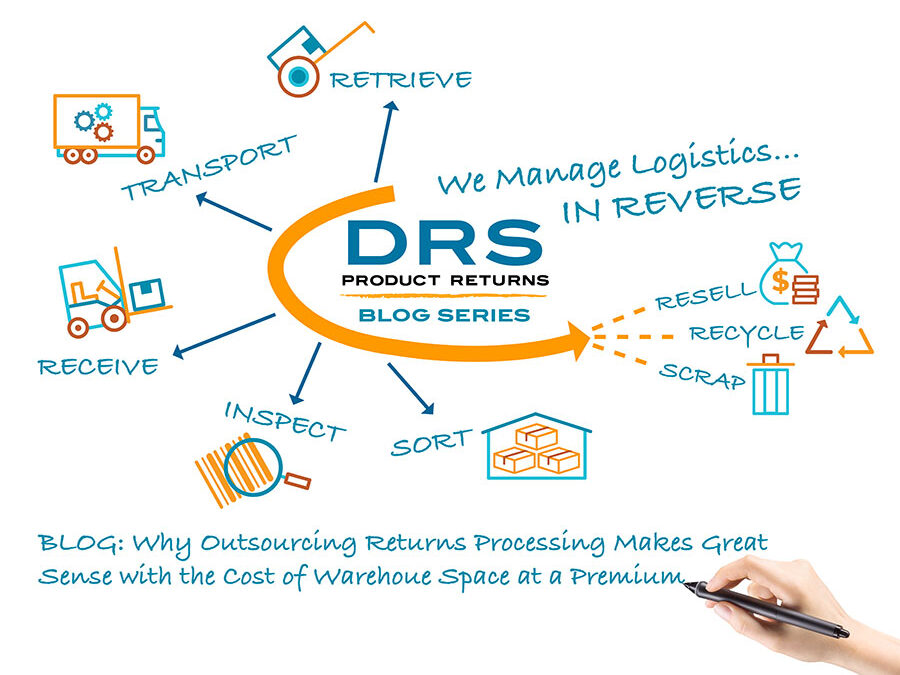Space costs money. This is just a fact of life and business. Traditionally, rent or mortgage is the second largest predictable expense for businesses, following labor. Many companies try to offset this by operating in as small a location as possible. But what happens when your operations start to outgrow that small space?
More and more companies have seen this happen over the last year as online sales have skyrocketed. With more processing happening straight from warehouse to consumer and back again, warehouse real estate is in unprecedented high demand.
A surge in online sales makes for a surge in returns. People can’t try on that sweater or compare the fabric to their paint swatch in the store, so they have to order it. And when it doesn’t work, they send it back. Thus, more pressure is getting placed on reverse logistics than ever before. Storing and processing all those returns requires space and systems that companies may not have anticipated.
According to Kris Bjorson, international director of Industrial Brokerage and Retail/E-Commerce Distribution manager at JLL Commercial Real Estate, the demand for warehousing space is on track to exceed one billion square feet. This level of demand could mean higher prices and greater struggles; but that doesn’t diminish the need.
Overflowing warehouse shelves makes the already-difficult process of reverse logistics even more difficult. When dealing with returns, every single product has to be processed individually. This takes an extensive amount of space and manpower. Washington, D.C.-based returns tech software provider Optoro reported in a CBRE study that reverse logistics functions need an average of up to 20 percent more space and labor capacity than forward logistics.
The growth in online shopping and, in result, returns and reverse logistics processing was especially evident during the 2020 holiday season. This was expected, as shopping trends have always shown a spike during the final quarter of the year. It was more the way in which people did their shopping and returning that changed; and it is thought that this change in methodology may continue beyond the COVID-19 pandemic.
E-commerce is predicted to continue growing at a massive rate over the next five years. This means that companies need to be prepared for the continued reliance on solid reverse logistics processes. But running out of space to process returns efficiently is becoming a very real problem for some organizations.
With warehouse real estate at such a premium, think of DRS Product Returns before you commit to renting additional warehouse space. By leveraging DRS’ network to process your returns, you can optimize your warehouse space by remaining solely focused on forward movement. With the continued rise of online sales, reverse logistics can be daunting. DRS Product Returns can help make it affordable and simple.

